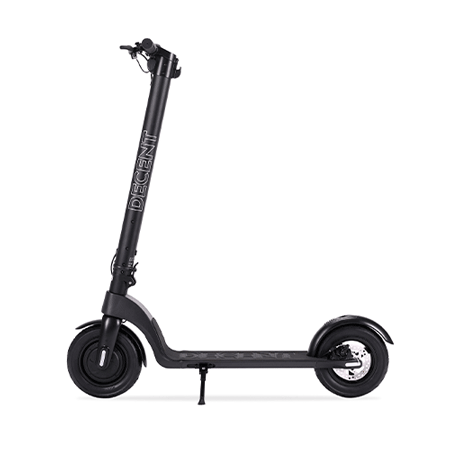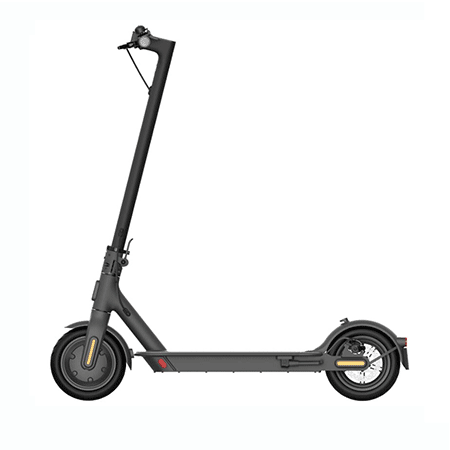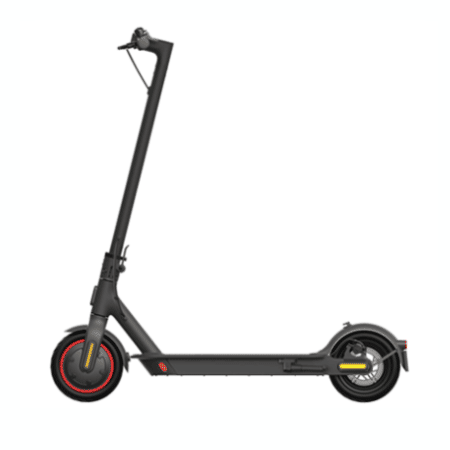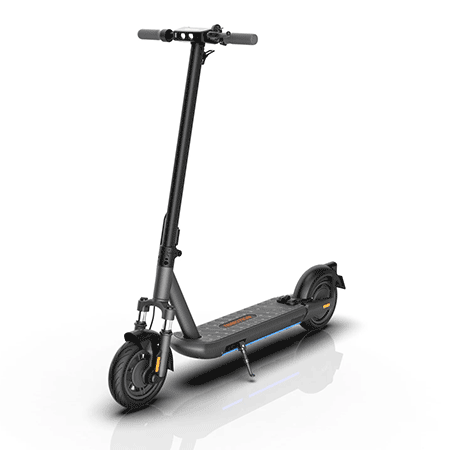EXPLAINING HOW TO SPOT A FAKE XIAOMI E-SCOOTER
Written by Ed Wiles, Scootered Founder
The new Xiaomi range was recently launched in China following the widespread success of the Xiaomi M365 and M365 Pro. Demand for the new scooters is expected to be high and, as there have been a large number of fake M365s on the market, there is expected to be a similar number of fake Essential, 1S and Pro 2 electric scooters out there (adding to the fake M365s still in circulation).
This, unfortunately, is the world we live in. It is especially dangerous to buy directly from China as there is essentially no way to tell if a scooter is real or not before you receive it (companies selling fakes often use images from Xiaomi's own marketing on their sales pages). But I write this article to help you avoid buying a fake Xiaomi scooter, whether that is an M365 or a newer model.
Spot The Difference
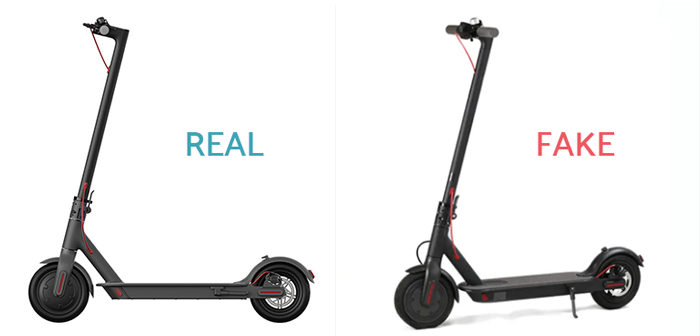
The first thing to say is that, if a price seems too good to be true, it probably is. The profit margins in authentic Xiaomi scooters are small, so if a company were selling a Xiaomi 1S, say, for under £350 you might question its authenticity (although large companies do sometimes sell authentic scooters at unnaturally low prices in an effort to destroy smaller companies - a tactic which is essentially illegal).
XIAOMI ESSENTIAL XIAOMI 1S XIAOMI PRO 2
However, it can be very hard to tell a fake Xiaomi and a real Xiaomi by looking at it. Indeed, the companies producing fake scooters go to great lengths to make their products look real. With the new range, Xiaomi have tried to combat the issue by branding the stem with an orange "MI" followed by a "mi.com" in grey. Of course, producers of fakes may start adding these.
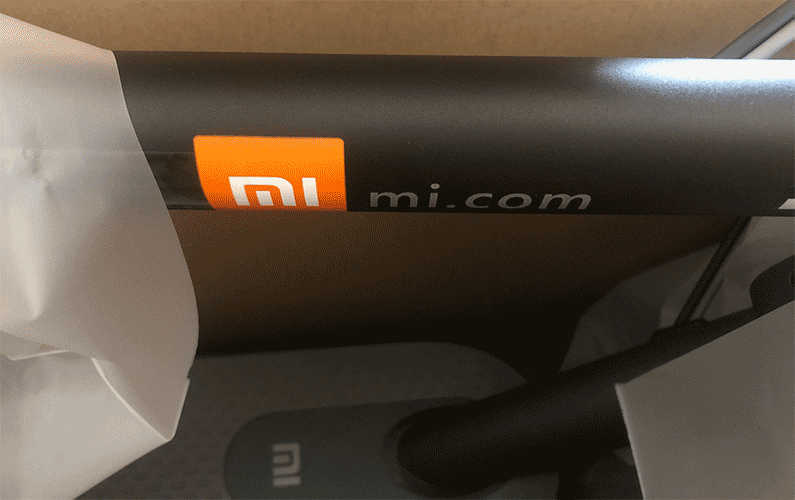
A fake will be missing an authentic Xiaomi serial number. Yet checking this requires taking a close look at the scooter in person and fake serial numbers are sometimes added too. The image below shows the location/format of the serial number.
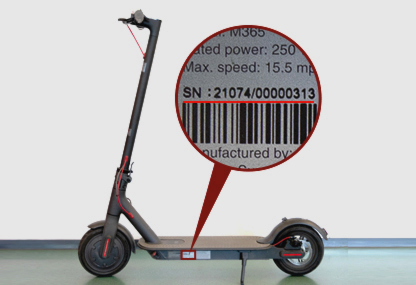
Some people believe that the box their scooter arrives in will tell them if their Xiaomi scooter is real or not, and this is true to a certain extent. Fake scooter boxes can look quite realistic, but they tend to be brown (when the Xiaomi 1S and Xiaomi Pro 2 scooter boxes are white). They also rarely cover all the bases. For instance, an authentic Xiaomi (or Segway) box has a lot of detail, including the hazmat warning sign (for the battery). Below is the box for the 1S. The Pro 2 box looks very similar, but the Essential comes in a brown box.
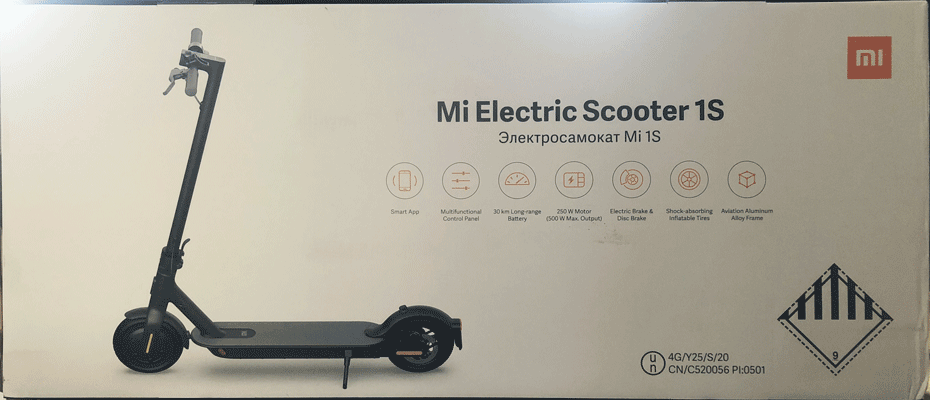
The innards (battery, motherboard etc) of a fake will be different but you are unlikely to see the innards of the scooter before purchase (if ever). However, there is one question you can ask to weed out a fake from a real Xiaomi before purchase, and that question is "What app works this scooter?". If the scooter does not work with the Xiaomi Home app, then it is a fake. More often than not, the app peddlers of fakes suggest is the MiniRobot, a generic scooter app. Thus, should you come across a Xiaomi scooter for sale - and why would you not buy from us? - at a suspiciously low price, be sure to ask about the app (and hope that they tell you the truth).
Mi Home App vs MiniRobot App
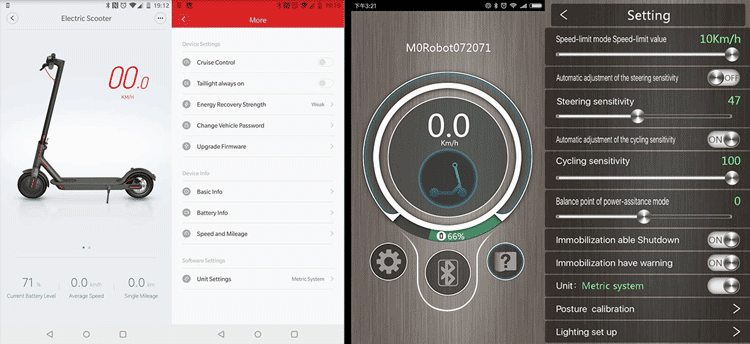
A fake scooter may work reasonably well but it is unlikely to have been built to the same standards as a real Xiaomi. Added to this, Li-ion batteries can be dangerous and you would not want to be riding or charging a scooter with a possibly unsafe battery component. Xiaomi, on the other hand, is a reputable company that has recalled scooters when a safety issue has been discovered.
XIAOMI ESSENTIAL XIAOMI 1S XIAOMI PRO 2
I hope this article proves useful for those seeking to buy an authentic Xiaomi electric scooter. I have seen a UK registered company selling fake M365 Pros, which is a worrying sign of the times (and lots of knock-offs on Facebook - though often not actually labelled as Xiaomis). However, outside of the UK/EU, and especially via China, the risk of buying a fake increases further (and you will very likely get the Chinese version if it is an authentic Xiaomi - though this is not a massive problem).
Beyond the risk of buying a fake, it is also advisable to consider where you would have to send it should you need to make use of any warranty (ie if you buy through a company based in China/Hong Kong, you may have to send it abroad to be fixed). I should perhaps add that, if you do buy directly from China and then find you have a problem, there is nothing we can do about it (we provide after sales care for our customers and, not unusually, not people who buy from other companies).


